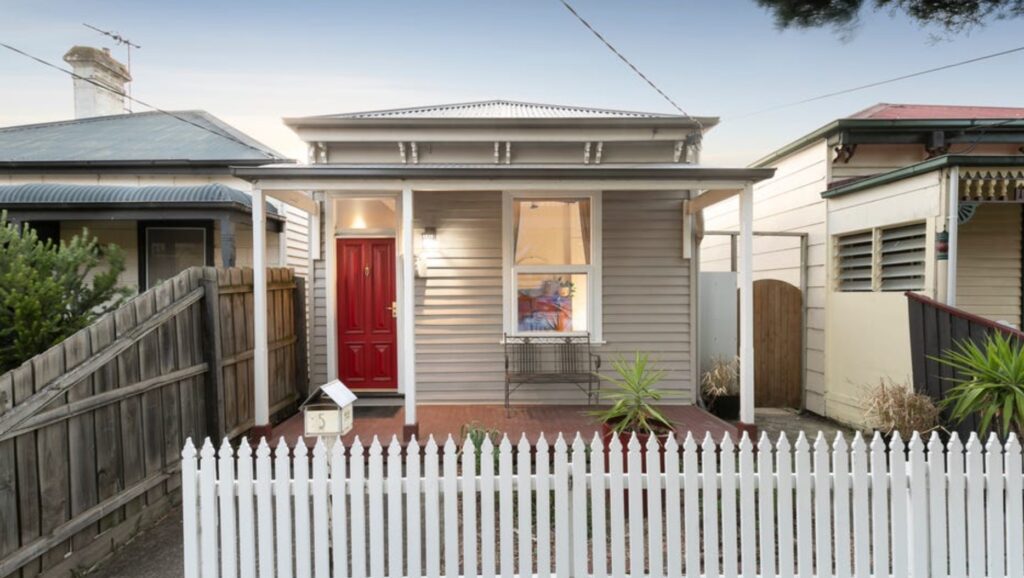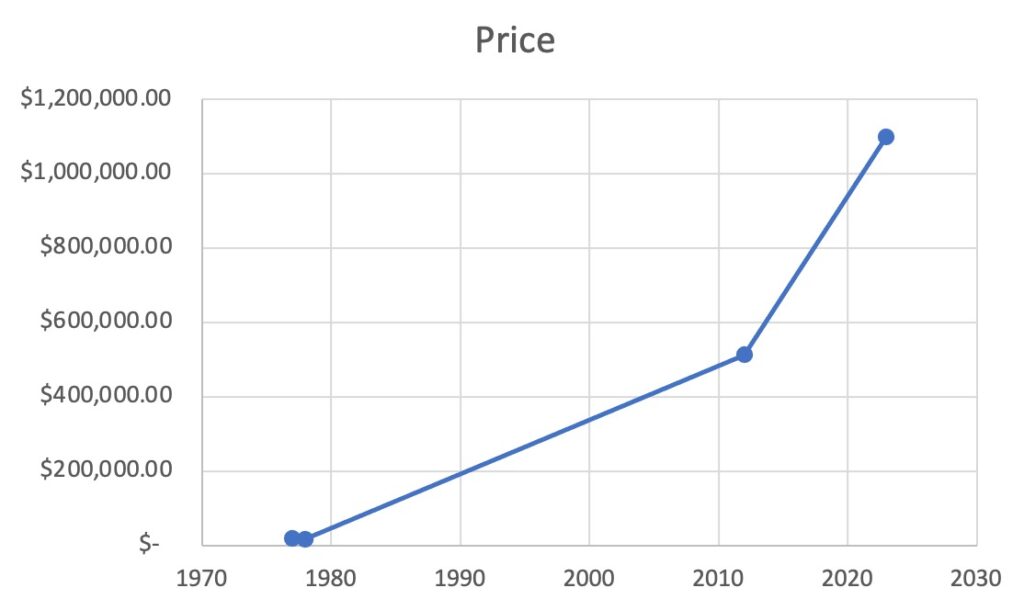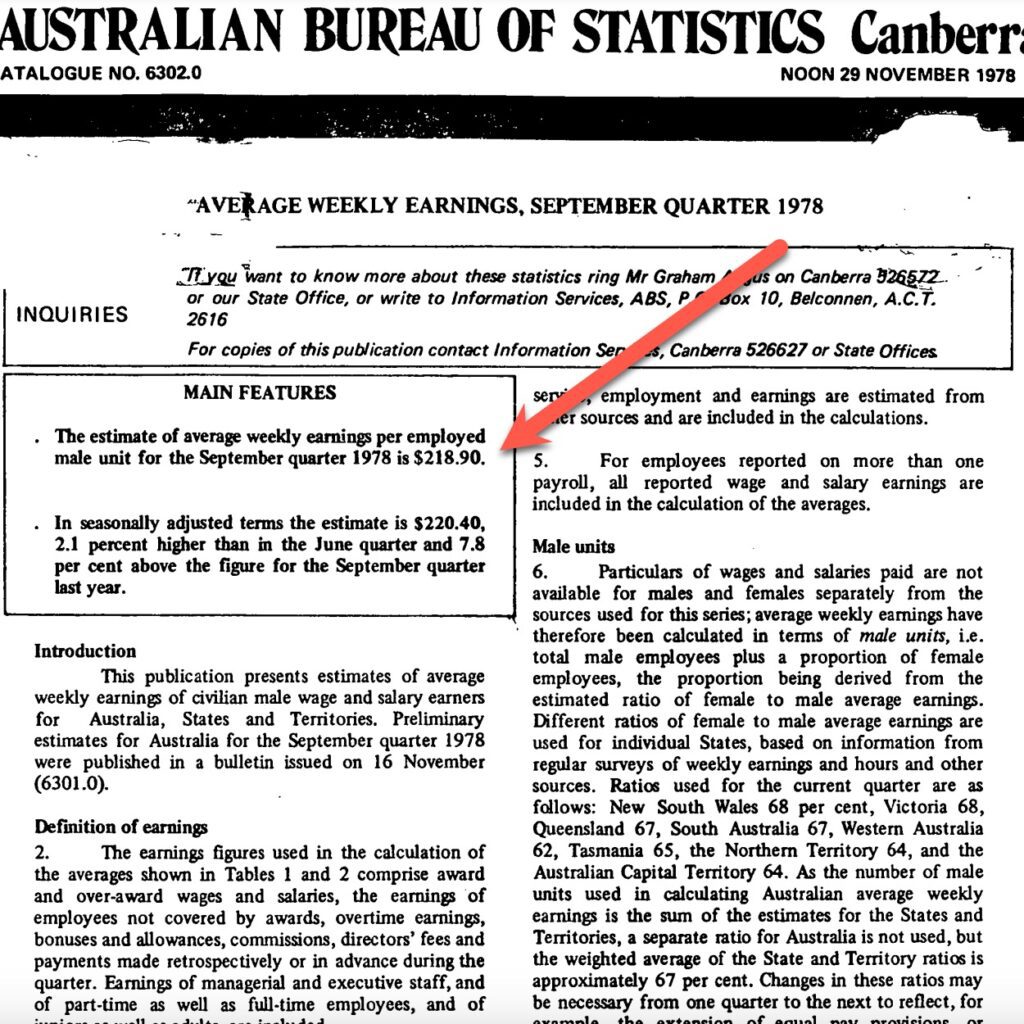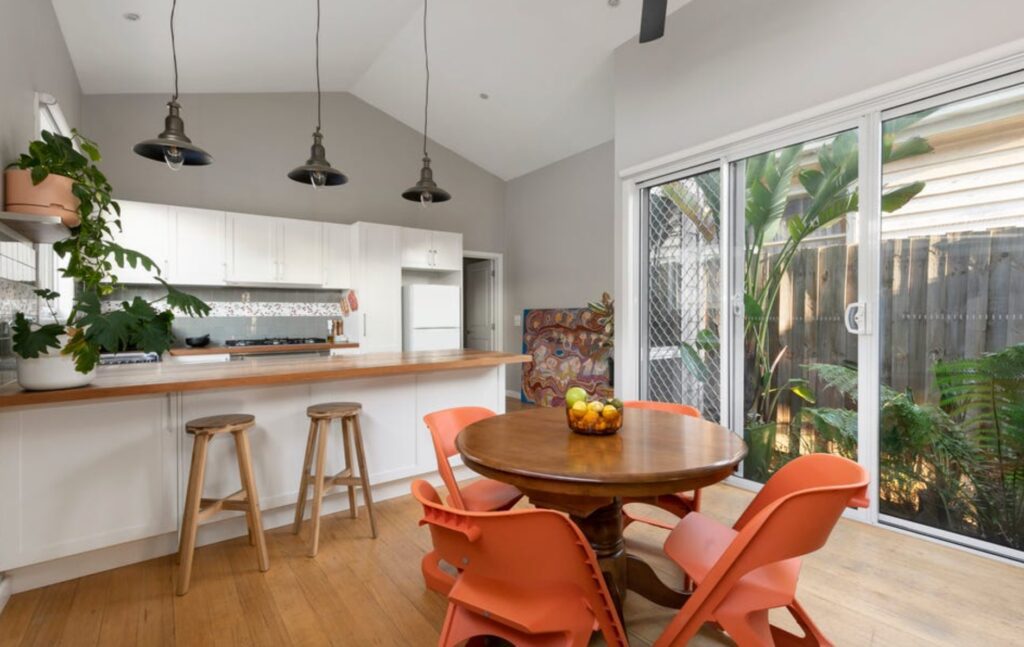Many people ask me this question. It’s usually an investor looking to pick a hotspot, or someone hoping to speculate with a cheap asset that suddenly takes off in value. COVID and all that it caused for our various markets hasn’t helped the situation, because bold property success stories at BBQ’s dominate these days. From purchaser stories about off the plan townhouses in coastal locations doubling in value, to record renovation profits for large houses in regional towns, we saw a lot of unusual results during COVID.
But when we strip out the speculation risk, sensible property investing should always focus on long term, sustainable growth drivers.
These include, (but aren’t limited to) the following:
- Rising household incomes in the area,
- High amenity to villages, schools, transport and hospitals,
- Increasing education levels within the local population,
- Scarce and desirable housing styles, (ie. period/character homes), and less so now that work-from home is more mainstream, but
- Access to major employers.
Take this cute Coburg cottage located just north of Bell St, tucked in a quite little street and offering easy amenity to Bell Station. It sold yesterday for $1,100,000.

It has delivered an average of 9.6%pa capital growth since 1978 when the house sold for a modest $18,000.

Back in 1978 though, average weekly earnings were only $218.90 ‘per average male unit’. (Interestingly female wages didn’t get a solo mention in our ABS records until the eighties, but that’s another story). The point of sharing average incomes is to demonstrate that $18,000 for a house represented a considerable sum back then. And the average interest rate in 1978 was 9.65% and climbing.
It’s only when we look back at historical prices, we assume it would have been so easy. But the reality is that investing takes commitment and sacrifice in any market. The encouraging part is that the debt level remains as wages, rents and inflation take hold. Today’s investor could pay this property off in full over the course of a year if they’d secured it for 1978’s price tag, but that isn’t how investing works.

Even if we focus on the more recent growth for this little cottage in Coburg, it registered an average growth rate of 7.2%pa since the sale in 2012; no mean feat considering the series of downturns over this tight eleven year period.
The notion that property can’t keep growing has been voiced for as long as I’ve been investing – twenty-seven years.
I’m certain it was loudly voiced prior to this also, but we need to recognise that supply and demand drives growth, and in particular, growth in more limited and desirable segments of the market, specifically the inner-ring.

Coburg is not the highest capital growth suburb in our Melbourne market by any means, and this little cottage is not suitable for every renter out there, but it’s a case in point that capital growth occurs when growth drivers are present and sustainable for the long term.
REGISTER TO OUR NEWSLETTER
INFORMATION
CONTACT US
1A/58 ANDERSON STREET,
YARRAVILLE VIC 3013
0422 638 362
03 7000 6026
CATE@CATEBAKOS.COM.AU
